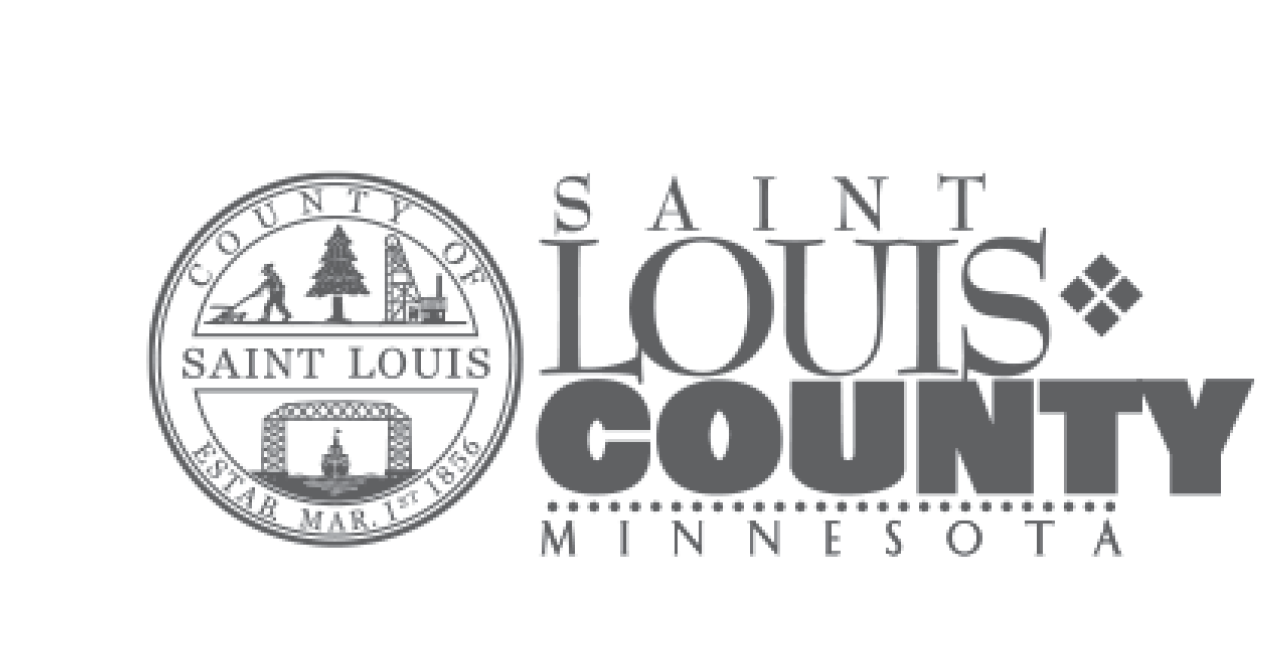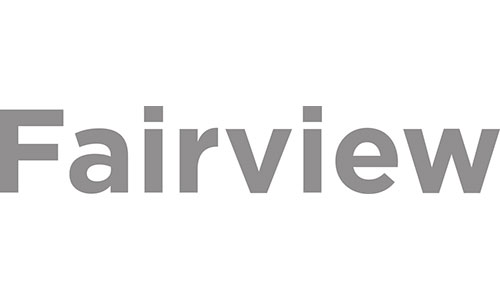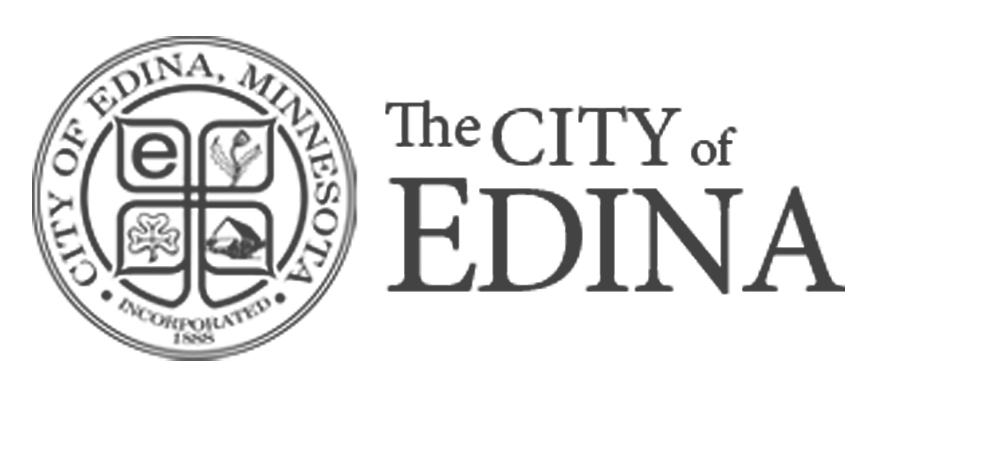We’ll be real with you. The marketing world has seen a lot of change in recent years—as it should, because it’s a constantly changing landscape. Without a doubt, the most change has happened with how marketers are selling. This is where inbound comes in.
Since our first post about inbound, there has been an overall shift with how companies approach the chain, funnel, cycle—whatever you want to call it. What’s more, every marketing agency, firm, and organization has tried to tweak, twist, and shake-up what inbound means to them.
If you’re new to the whole inbound thing and are curious how to use it in your marketing strategy (or just want to be in the loop) we’ve got you covered with everything you need to know.
Outbound vs Inbound
Outbound (The Old-School Method)
Initiating the conversation with a buyer through traditional marketing methods. Including:
- TV/Radio ads
- Cold-calls
- Email marketing
- Newspaper advertising
- Direct mail
- Billboards
Inbound
Creating content that provides meaning to a target buyer, reversing the relationship between buyer and selling—allowing the buyer to find you by creating valuable content. Including:
- Blog posts
- eBooks
- Social media posts
- Webinars
- Infographics
- Microsites
- Newsletters
What does inbound mean to CA?
- A marketing approach focused on attracting, engaging, and delighting our customers.
- Attracting customers by providing content that is relevant and helpful rather than interruptive.
- Creating quality content that naturally and organically pulls people towards our organization.
- Our “rocket fuel.” When implemented (or allowed to slowly burn over a length of time) we find that our engagement and visits are much higher than when we started. Kind of like taking a rocket into space.
What’s makes up the journey?
The inbound method has always emphasized meeting people where they’re at in their buyer’s journey and adding value to each stage. It’s easy to visualize your business as a funnel because any time you look at a graph representing a conversion process, the chart itself is shaped like a funnel.
From Hubspot, “A flywheel is a machine that stores rotational energy. When you add energy to a flywheel, it starts to spin. If you add more energy to it, it spins faster. And unlike a funnel, where the only way to maintain a constant speed is to keep adding more to it, the flywheel will continue spinning. From a business perspective, the rotation of the flywheel represents the growth of your business. Happy customers provide the energy that fuels that growth. Everything you do should be done with the goal of creating customers who will add positive energy to the flywheel and accelerate your company’s growth.”
That’s why seeing this process as a flywheel just makes sense. It proves that that the buyer’s journey never really ends—the circle just grows. Attracting, engaging, and delighting the buyer over…and over…and over again.
Make the stuff that matters
The truth is, you have to find out what content is going to fulfill your buyers’ wants and needs. What are you going to make that works best to get them to the attract stage? If you understand your buyer is more likely to engage on social media or connect through your blog, make that a priority as you’re creating memorable content for her. If you understand your buyer persona and know outbound methods are still highly effective in drawing her in—great! If your traditional methods of marketing are working and your content is providing meaning, more power to you. But remember, getting a buyer to the attract stage is just the first step—there’s more you could be doing with inbound.
Attract
Congrats, that blog post you’ve made has people talking and sharing! You’re using the content you’ve made to get the attention of the right people at the right place at the right time.
Engage
Engagement means that the people you want to interact with are doing just that. Depending on who your buyer persona is, this could mean your CTA pages, forms, and lead flows live here. It’s also where you gain whatever information you are looking for from your lead. Ranging from getting an email address, to solving a customer problem on live chat, to mailing out opportunities for your target audience to participate in a company event. This is where you work on shifting that lead into a customer.
Delight
Keep the conversation going. You want to make sure you are providing valuable, relevant, and helpful content from start to finish.
What does this look like?
Get personal. Did you send a thank you to Mark for stopping in your shop and purchasing your cookbook? Did you give him 20% off kitchenware the next time he swings by? Was your live chat helpful for Alyssa to find the perfect watch for her husband’s birthday?
Remember, delighting your buyer doesn’t just mean getting her feedback (good or bad) to help you improve your content for future prospects. It also means making sure she feels heard and appreciated so you capture her as she gets through her buyer’s journey.
Bottom line.
Changing how you sell is a part of the roller coaster that is the ever-changing, ever-evolving marketing world—as it should be because buying behavior is constantly changing and the nature is a cyclical one. But one thing that will never change is keeping the buyer at the center of it all. When you understand this, you understand the core of inbound and the concept of the flywheel.
{{cta(‘1b74c13b-9482-426b-a63c-c5b4dced04b4’)}}



